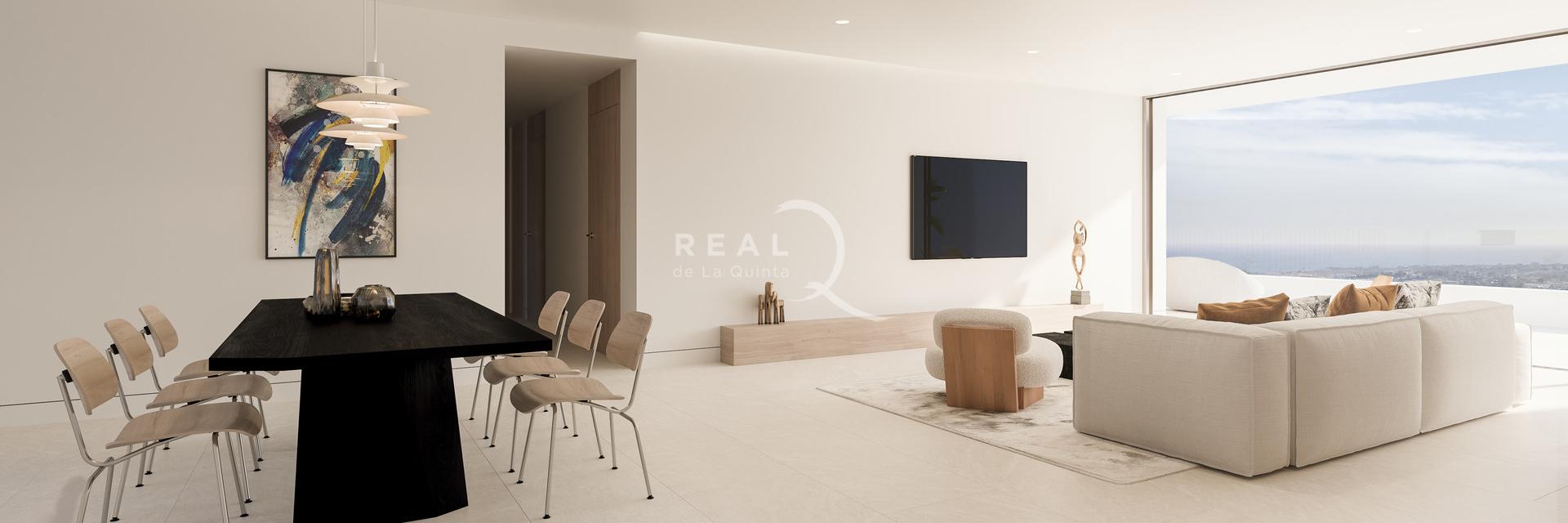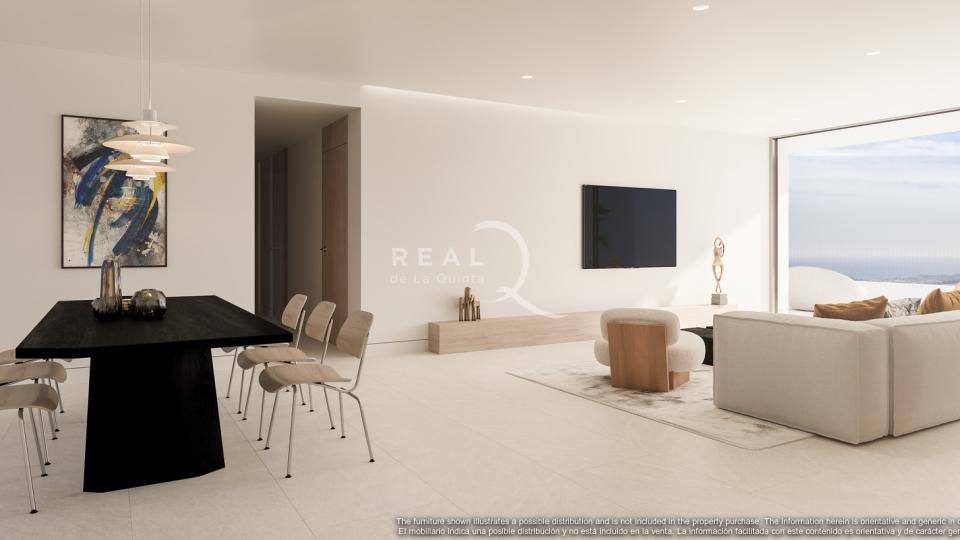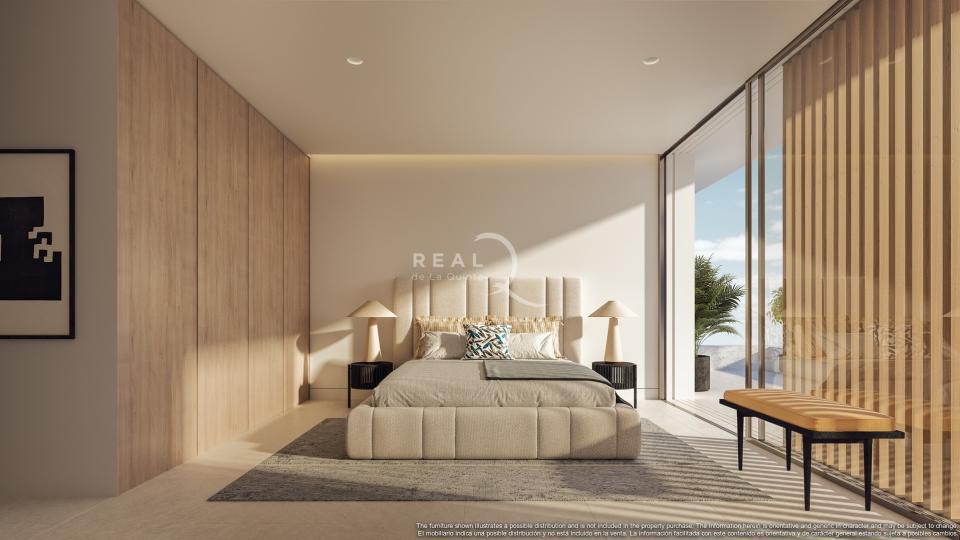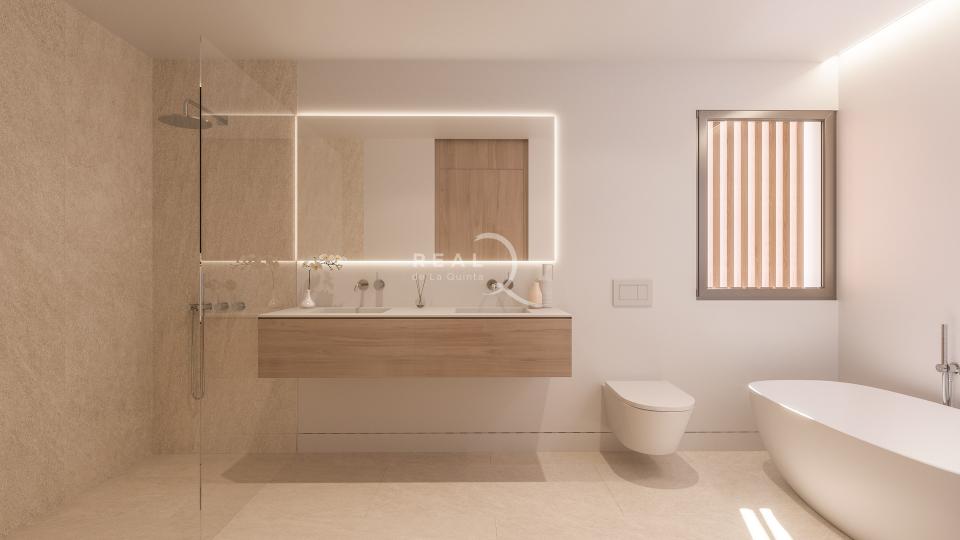
Alternatives to the traditional minimalist style: japandi
Minimalism is a characteristic feature of different interior decorating trends. And we can see it in our promotions. But what happens when several perspectives are intermingled in the same style? The japandi trend is a new way of decorating the home that draws from the best of Scandinavian and Japanese minimalism.
What is the Japandi style?
Although it is a decorative concept on the rise, the term japandi was created more than 150 years ago by merging the minimalism of Japanese and Scandinavian aesthetics. Danish artists were the forerunners of this new trend that originates in a series of trips to Japan that served to shed light on the intricacies of Japanese culture from the point of view of its aesthetics.
The japandi style has its foundations in the most artisanal and natural part of the Japanese wabi-sabi philosophy and the simplicity and functionality of the Nordic style. The result is a decoration that seeks harmony and balance with simple forms but is full of warmth and energy.
Characteristics of Japandi decoration
Japanese minimalism has become one of today's most demanded decorative trends. To take full advantage of all the possibilities of this trend in interior design, three key aspects must be taken into account in the decoration and distribution of spaces:
- Order and symmetry: all objects should occupy a harmonious position within the whole, without interrupting each other and maintaining a balanced height line.
- Lots of natural light and neutral colours: the rooms should be flooded with light without this being overpowering. We recommend blinds and curtains in neutral tones that diffuse the light through the rooms, giving them an exceptional warmth.
- Amplitude and simplicity: in a japandi style house, open and diaphanous spaces predominate, with furniture of simple lines that help to create different atmospheres. Instead of walls, other dividing elements such as light wood bookcases, paper screens or sliding doors are often used.





